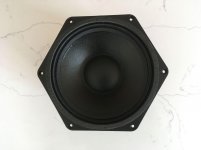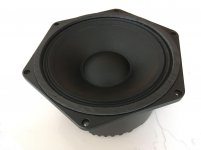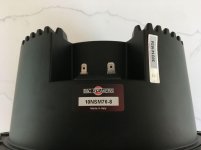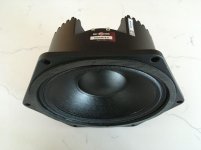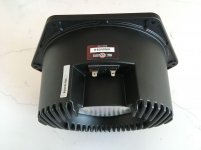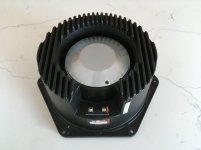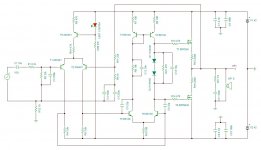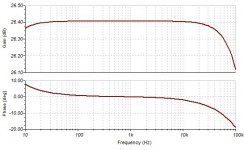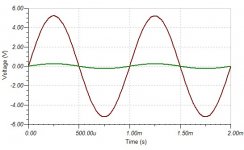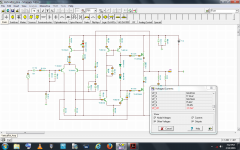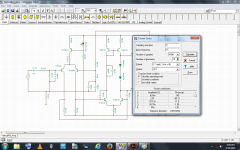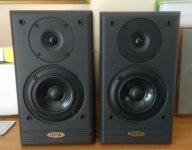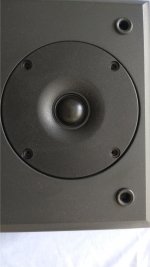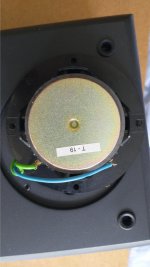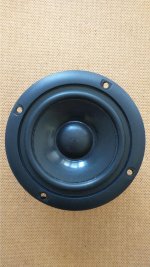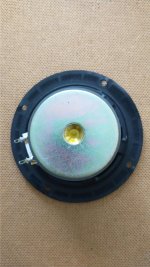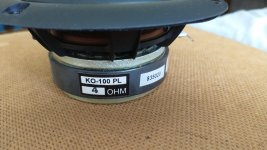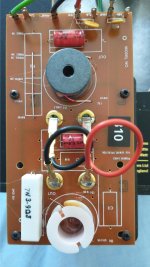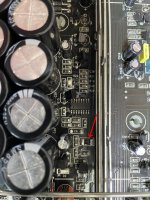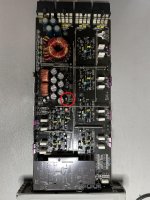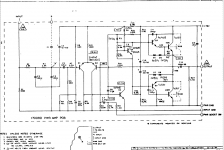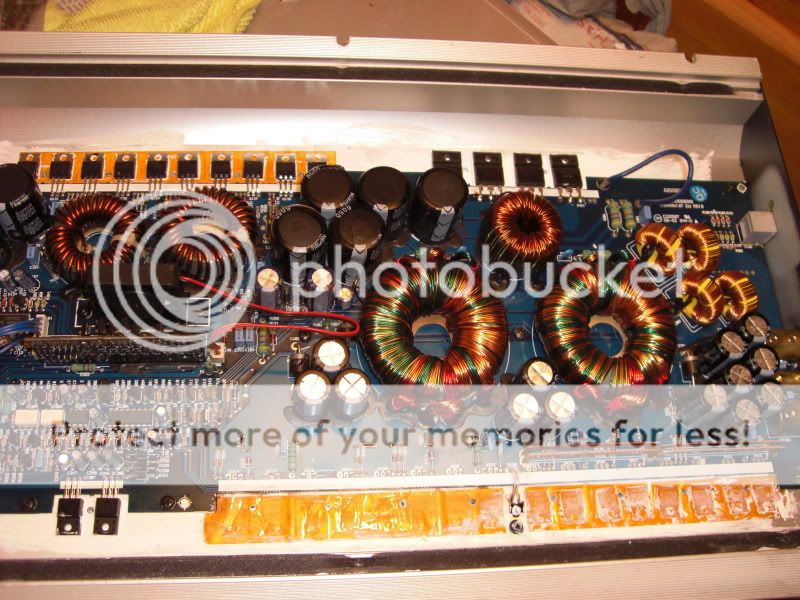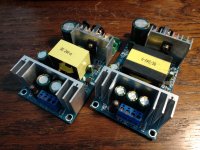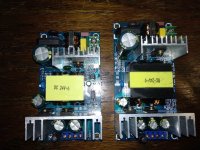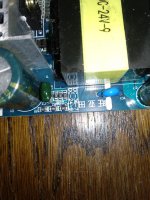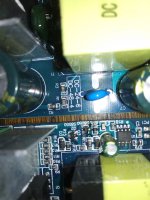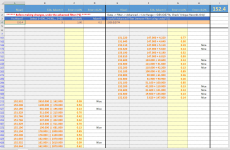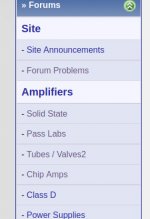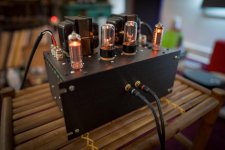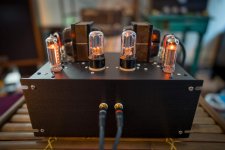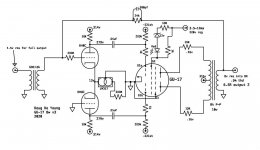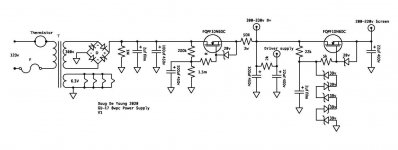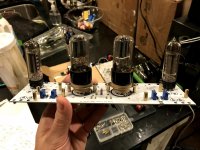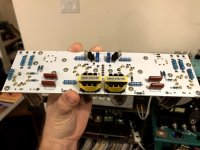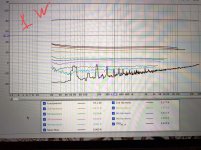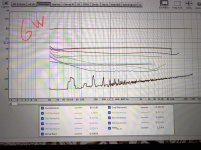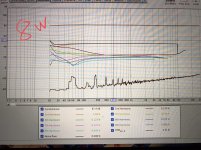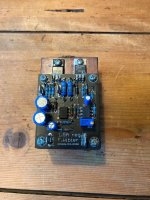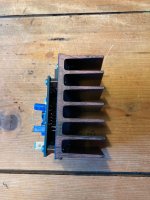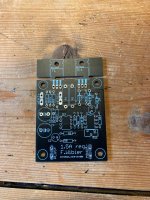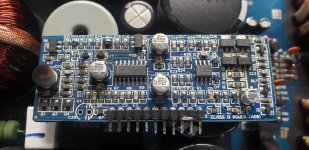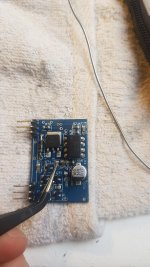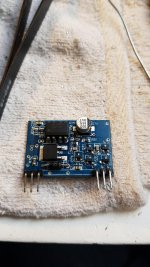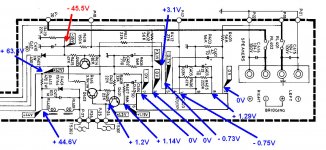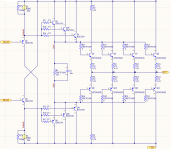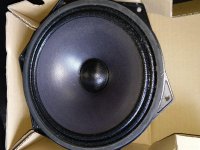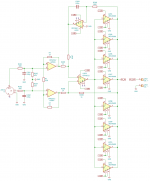About 10 years ago I had an itch to do car audio from my former 90s teenage self which all started when my friend gave me a Hifonics Thor X that wasn't working right (in 2010ish). Then almost immediately came a Soundstream MC140x followed by some Rockfords, Orions, Precision Power, etc. There were a lot of broken amps out there and I knew with my highly limited skill and nature to attract 'useless' hobbies that fixing amps would become a 'thing' for me!
That and of course we all owe our spare time in fixing these pesky amps to Perry. - Without him, we'd be treading through Facebook Group mayhem and thinking about landfills and recycle shops piled high with rare car audio amplifies. Thank you Perry, and I hope you are yours are all doing quite well!


The years that followed ~2010 through about 2012 I burned myself out. During that time, the hobby, turned addiction, turned into a side-business. I started fixing amps for stereo shops, and random customers who dropped by etc. Some folks I still talk to, but many others left much to be desired. I didn't have business cards or anything, in fact it was a shoe-string budget business. The spare change made was barely enough to keep a few bucks in my pocket. While it did make me a few thousand bucks (maybe) on maybe about ~100 amps I fixed or attempted. it wasn't worth it in the end.
There were also scarier times where I'd drive around shops, sometimes not even in the best of areas, often finding no work, or loads of junk. I met people who had the amps, but lets just say - many were shade-tree installers. I mean, look at the clientele of your average bass-head is all I should say here. It drove me mad sometimes. I remember one time I fixed a RF amp for $30 bucks and the owner only wanted to give me $10 or nothing. It got a little scary from time to time, and so I stopped doing it all together. I sold all my main gear (Except my Fluke meters) to the 'next' guy.... and then that was that.
Fast forward to the now, and I find myself in a situation where I'd like to re-birth the hobby; but this time in a way in which I can stand for and enjoy it. I don't need the pocket cash, but that doesn't mean I have deep pockets either. No more will I be working on all the junk, nor will I travel to shady shops etc. I'm going to do this for myself, for my own, and be highly selective in what I work on. I'll only look at what I personally call are interesting amps - USA and possibly European only. Any amp that has a company history - or back story will be my desire. Nothing from Asia. No class D unless its an interesting and quality made one (Nothing from Mmats lol). I only want to work on stuff which I would actually use, or something that has useful life for a/my collection or another collector.
Orion
Soundstream
Zed Audio
To name a few.
I'm going to be building my bench test gear, dedicate about a 2x5' space in my shop for electronics repair. I have a nice Weller solder/desoldering station, a Fluke 16, some 12v Pb batteries, charger, and a 14v 40A power supply I pulled from a wrecked camper (BTW thats a good way to find some pretty beefy simple on/off PS units for practically no cost). I'm going to set up this area with some switches, relays, etc to minimize clutter for testing and such. Shelving with spare parts and equipment (which I will purchase as the needs come in based on what the amps need for testing). Basically I'll probably need an Oscilloscope and a frequency generator more than likely. I used to do this out of piles, boxes, baggies, and tool boxes... but now I want to do this with active shelving, parts organization (Or perhaps parts via JIT from places like Mouser etc).
Does anyone have a recommendation for hobbyist setups?
